Changing your car’s motor oil might seem daunting at first, but with the right tools it’s a task you can easily tackle yourself, saving time and money. Follow these 10 simple steps to perform a successful oil change:
1. Gather your supplies
Before you start, you will need to purchase the following supplies:
- Motor oil – Use our Lookup Guide to order the recommended motor oil for your vehicle.
- Oil filter – Use our Lookup Guide to order the right oil filter for your vehicle.
- Box-end wrench or socket for loosening the drain plug
- Funnel
- Disposable gloves
- Safety glasses
- Jack, jack stands and wheel chocks – consult your owner’s manual to make sure you use proper jack points to lift your vehicle.



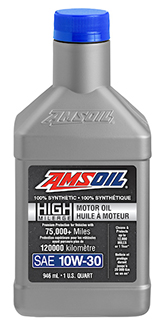
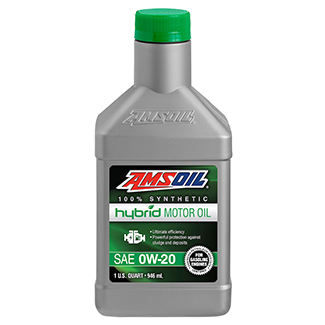



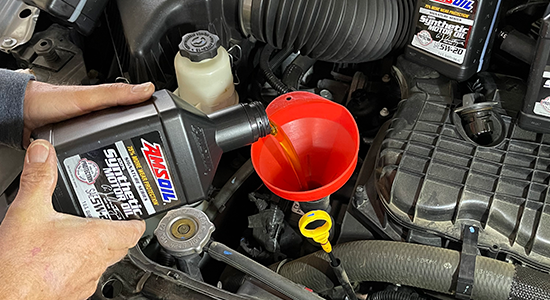
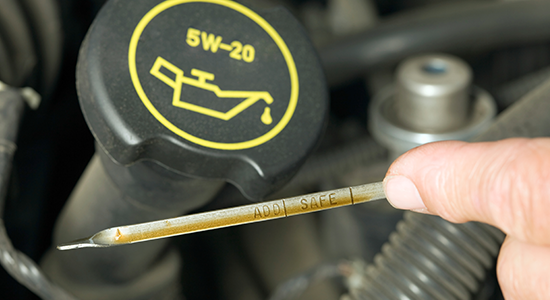


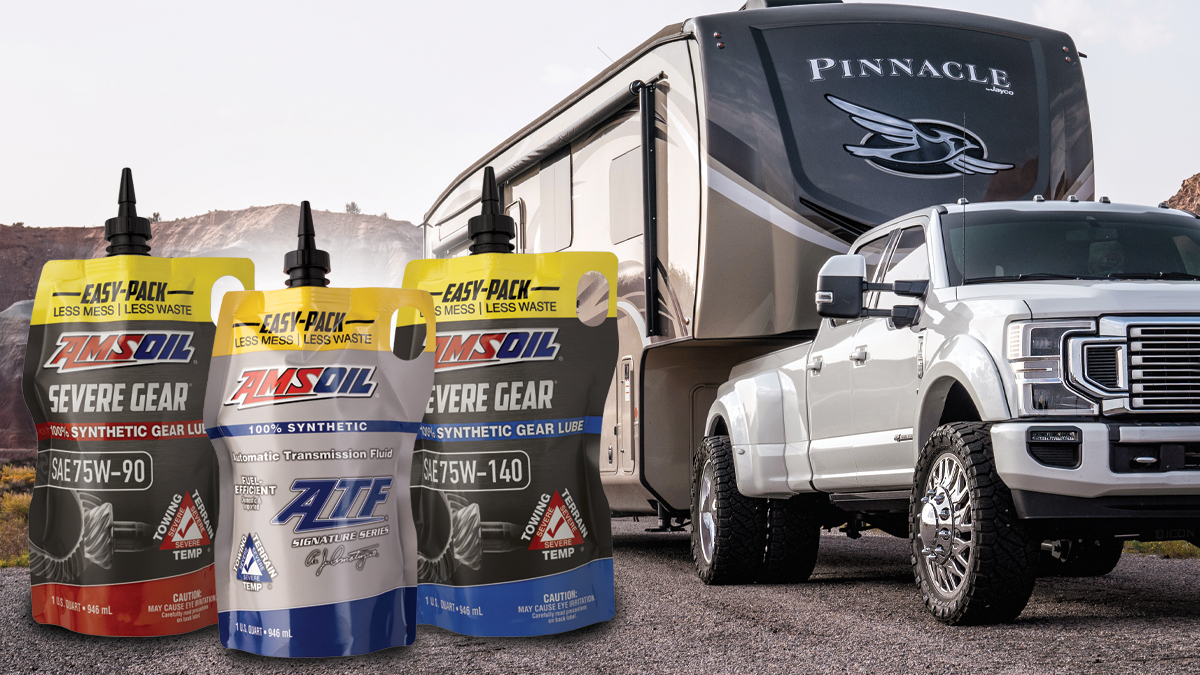
Comments
Brad Nelson is a staff writer for AMSOIL. Outside of work he enjoys family adventures, wilderness exploration and riding/wrenching on vintage metric motorcycles.
Share: